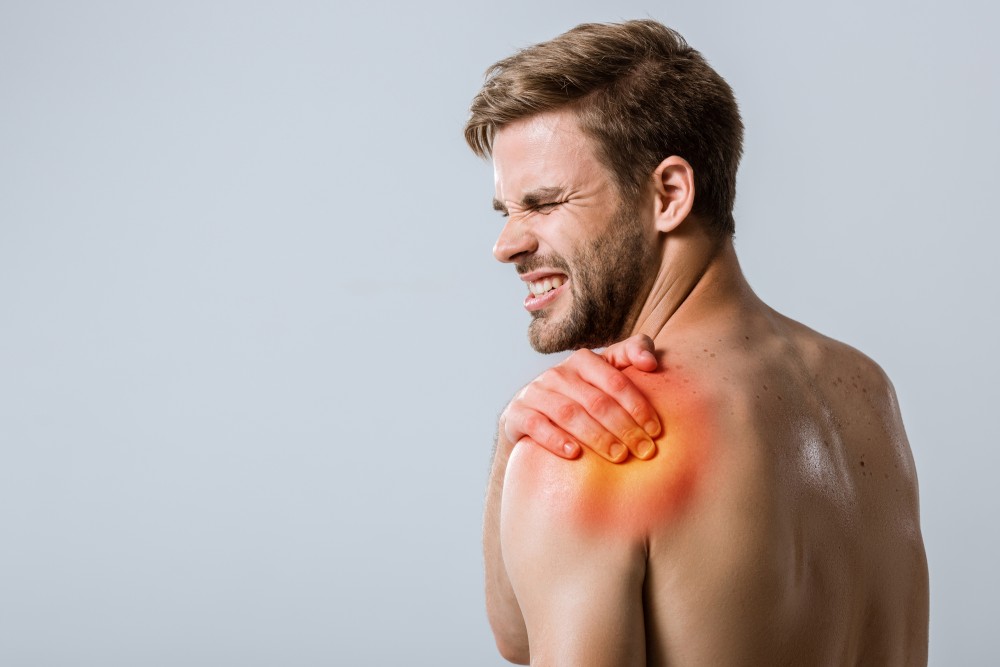Are you experiencing unexplained shoulder pain? It can be a frustrating and debilitating experience. Luckily, there are many non-traumatic causes of shoulder pain that can be addressed with simple solutions. Here are some of the most common contributors to shoulder pain, and what you can do to alleviate them.
Muscle tension
Muscle tension in the neck, upper back, and shoulder blades can create pain and discomfort in the shoulder. When these muscles become fatigued or overused during day-to-day activities, they can become achy and tight, leading to shoulder pain. To alleviate muscle tension, consider practicing relaxation techniques and performing targeted exercises to stretch and strengthen these muscles.

Joint stiffness
Stiffness in the upper back and neck can cause pain to spread to other areas, including the shoulders. Our joints are responsible for holding onto our muscles, and when these joints become stiff, the muscles that attach to them can become sore as well. To prevent stiffness, make sure to move around regularly and perform mobility exercises for your neck, shoulders, and back.
Weak rotator cuff
The muscles that make up your rotator cuff play a critical role in the stability of your shoulder blade. If one or more of these muscles are weak, it can lead to instability in the shoulder blade and pain in the shoulder. To address weak rotator cuff muscles, consider implementing an appropriate exercise program to strengthen them.
Poor posture
Poor posture can create tension and discomfort around the neck and shoulders, leading to pain in the shoulder. Forward head posture, in particular, can cause rounded shoulders and create tightness around the front of your shoulders and neck. To improve posture, practice stretching exercises and consider incorporating targeted strength-training exercises to improve muscle balance.

What you should do?
- Heat – Consider using heat therapy to relax the muscles and increase circulation around the area
- Stretch – Stretch muscles that are tight around the back, neck, shoulders and chest multiple times per day to increase flexibility and improve posture
- Mobilise – Perform mobility exercise for the neck, shoulders and back to decrease excessive stiffness
- Strengthen – Muscles that are weak should be strengthened with an appropriate exercise program to delay the onset of fatigue and increase stability for your shoulder and posture
By addressing these non-traumatic causes of shoulder pain, you can take steps to alleviate discomfort and improve your overall quality of life.
For further guidance on shoulder pain management and a suitable rehab plan, get in touch with us.





